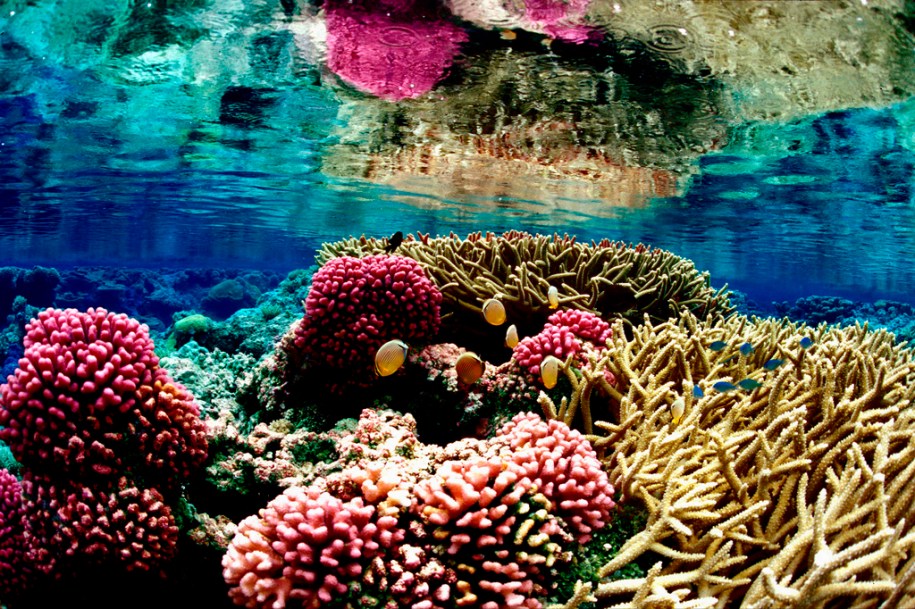“It’s very exciting. And slightly terrifying.”
I said that yesterday, when someone asked me about my job. I still think it’s true.
I’m Andrew Losowsky, and I’m the Project Lead of The Coral Project.
Very exciting
The Coral Project has been created to change how news publishers and audiences interact.
Right now, most sites struggle with finding meaningful engagement and controlling abuse. We’re going to build open source tools to empower both readers and publishers to reshape the conversation.
That means changing the dreaded comments box, and also so much more — it might mean user-generated content, forums, on-site identities, and some things that have yet to be built. It will also mean changing how some editors and reporters think about their work.
We’re in a unique position to make this work.
The Coral Project is a small team with a huge amount of freedom to experiment, no corporate agenda, and two years of funding.
We have famous partners — most prominently The New York Times, The Washington Post and the Knight Foundation — and exist under the umbrella of Mozilla, a global non-profit whose mission is to promote openness, innovation and opportunity on the web. (They’re best known as the people behind the browser Firefox.)
We will also be seeking out collaborations with other partners, particularly small publishers, as well as academics and researchers. And as an open source project, we’ll be involving a wider community in contributing and improving what we do.
The project was announced in June 2014, since when we’ve been talking to people, working out the details of the collaboration, researching, and getting everything in place. Now we’re ready to start building in public. The challenge ahead is clear:
We need to make “Don’t Read The Comments” a thing of the past, at least for the sites of news publishers using our tools.
How often do you get to say that your job is trying to fix part of the internet?
Slightly Terrifying
So many questions. Who should we hire? What do we build first? Who are our users? What are our assumptions? How do we test what we build? What does it look like? What happens after two years? How will we measure success?
We don’t have definitive answers to any of these. But that’s ok. I have some hunches, and we’re going to be sharing what we learn as we go along. We’d love for you to join us on the journey.
The process
Three principles are guiding our work.
1) Transparency
We are sharing what we’re learning, as we’re learning it. We’ll tell you how we’re doing things, and share when we make mistakes. We’ll make our products transparent too, so that publishers and audiences can understand what is happening at every step, and why.
We don’t know yet exactly how and where we’ll share what we learn — right now we’re using Medium because we like its interaction tools, and it’s where a lot of the media conversation is happening right now. We’re also on Twitter and have a newsletter. We might adopt other platforms as we move forward, especially once we have a Community Lead (see below).
2) Consistency
We will act internally and externally with respect, kindness, thoughtfulness. Our products and our people need to earn your trust.
3) Authenticity
In order to create conditions for positive online interactions, while fulfilling the Mozilla Manifesto, we need to imbue everything that we do with these ideals. If you feel that we’re failing in any area, please let me know: andrewl@mozillafoundation.org
We want your help
We’re hiring. We currently have three positions open, with more to come soon. Click to see the job ads:
UX Strategist
The person who will design the users’ experience throughout the project.
Developers
The ads for these positions will appear soon on coralproject.net
Do share these ads with people you know who might interested. And if you’re interested yourself: apply!
Please consider applying even if your background doesn’t perfectly match our ideal credentials. We are committed to diversity and especially encourage members of underrepresented communities to apply.
(All posts are now filled)
Talk to us
If you want to be part of what we do, please fill in the form on our website. We’re looking for more individual and institutional partners to share their ambitions, to test our products, and to be part of our process. We’ll put out more specific calls for people in future articles.
Follow us
We’re on Twitter, we have a newsletter. We’ll be in other spaces too.
We have a long way to travel over the next two years. This is a terrifying, exciting project. Let’s get to work.
(The piece was first published in our Medium publication.)
Photo: Jim Maragos/U.S. Fish and Wildlife Service, CC-BY-2.0

